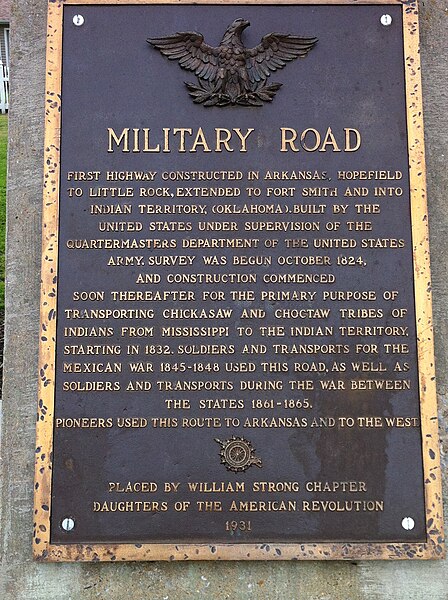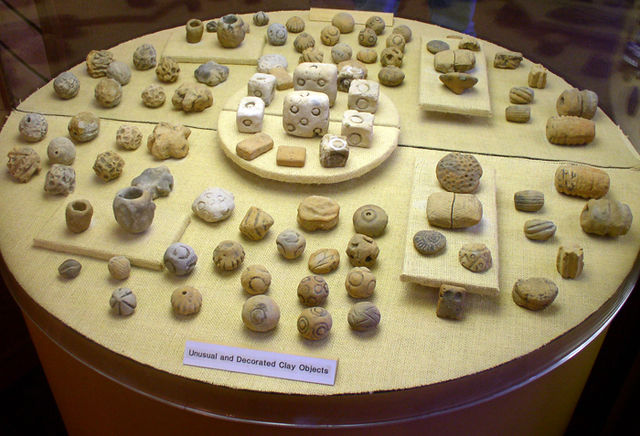The Chickasaw are an Indigenous people of the Southeastern Woodlands, United States. Their traditional territory was in northern Mississippi, northwestern and northern Alabama, western Tennessee and southwestern Kentucky. Their language is classified as a member of the Muskogean language family. In the present day, they are organized as the federally recognized Chickasaw Nation.
Chickasaw people
Sculpture of a stylized 18th-century Chickasaw warrior by Enoch Kelly Haney, at the Chickasaw Cultural Center in Oklahoma
A sketch of a Chickasaw by Bernard Romans, 1775
Historic Marker in Marion, Arkansas for the Trail of Tears
Indigenous peoples of the Southeastern Woodlands
Indigenous peoples of the Southeastern Woodlands, Southeastern cultures, or Southeast Indians are an ethnographic classification for Native Americans who have traditionally inhabited the area now part of the Southeastern United States and the northeastern border of Mexico, that share common cultural traits. This classification is a part of the Eastern Woodlands. The concept of a southeastern cultural region was developed by anthropologists, beginning with Otis Mason and Franz Boas in 1887. The boundaries of the region are defined more by shared cultural traits than by geographic distinctions. Because the cultures gradually instead of abruptly shift into Plains, Prairie, or Northeastern Woodlands cultures, scholars do not always agree on the exact limits of the Southeastern Woodland culture region. Shawnee, Powhatan, Waco, Tawakoni, Tonkawa, Karankawa, Quapaw, and Mosopelea are usually seen as marginally southeastern and their traditional lands represent the borders of the cultural region.

Painting of a Choctaw woman by George Catlin
"Poverty point objects," earthenware, believed to be for cooking, Poverty Point
Clay female figurines, Poverty Point
Carved shell gorgets and atlatl weights, Poverty Point








